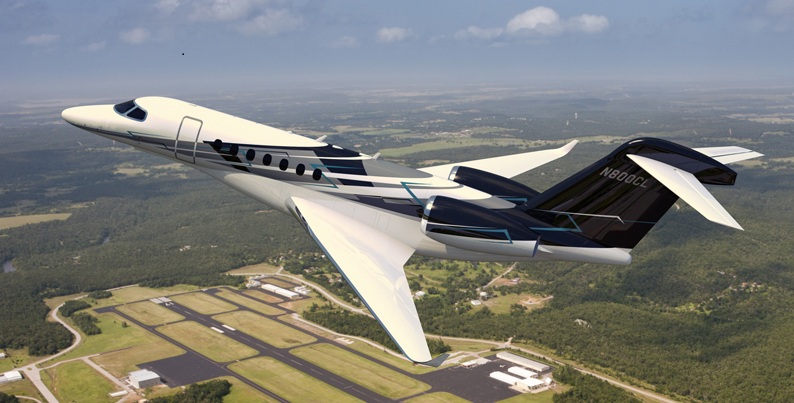

Cessna Chooses Snecma to Power the Citation Longitude by John Hall | The JetAv Blog
When I first read the launch announcement for the new Citation Longitude my initial thought was… Snecma? But upon further reflection, I realized that this is a typical path for the successful business jet manufacturer. Cessna was the launch customer for the Pratt & Whitney JT-15D engine in the late 1960s, also the Williams FJ44 and the Allison (now Rolls-Royce) AE3007. All of these engines are now household names in business aviation. So I guess I shouldn’t have been surprised to hear that Cessna is once again the launch vehicle for another engine manufacturer’s venture into business aviation.
Who is Snecma?
Snecma, part of the Paris France based Safran group, is one of the world’s leading manufacturers of aircraft and space engines. The company designs and builds commercial aircraft engines – including the CFM56 (50/50 joint venture with GE) and the new-advanced turbofan LEAP* – that are powerful, reliable, economical and environmentally friendly, along with military aircraft engines that have always delivered world-class performance. Snecma also develops and produces propulsion systems and equipment for launch vehicles and satellites. EngineLife®, a new brand for Snecma’s service business, offers a complete range of engine maintenance, repair and overhaul (MRO) services to airlines, armed forces and operators. If you have flown an Airbus A320 or Boeing 737 recently, you have likely flown a Snecma engine.
Snecma Silvercrest engine for the Citation Longitude.
The Longitude will be powered by a pair of FADEC (Full Authority Digital Engine Control)-controlled, 11,000-pound thrust Snecma Silvercrest engines, with autothrottles. They are expected to power the aircraft to 43,000 feet in 23 minutes on the way to a ceiling of 45,000 feet. The engine hot sections and the times between overhauls (TBOs) will be “on condition,” much like airliner engines are. Mike Pierce, Cessna director of product marketing, said that he expected this practice to increase actual TBOs from between 20 to 30 percent beyond the highest time engine TBO in the current Citation fleet. That distinction falls to the Rolls-Royce AE3007C engines on the current Citation X, with a 6,000-hour TBO.
They are expected to power the aircraft to 43,000 feet in 23 minutes on the way to a ceiling of 45,000 feet. The engine hot sections and the times between overhauls (TBOs) will be “on condition,” much like airliner engines are. Mike Pierce, Cessna director of product marketing, said that he expected this practice to increase actual TBOs from between 20 to 30 percent beyond the highest time engine TBO in the current Citation fleet. That distinction falls to the Rolls-Royce AE3007C engines on the current Citation X, with a 6,000-hour TBO.
Snecma claims the Silvercrest will be quieter, cleaner and more efficient than current engines in class. The company claims a noise reduction of up to 20 EPNdB versus Stage 4 requirements; a 50 percent NOx margin versus the ICAO CAEP 6 emissions standard, and 15 percent lower specific fuel consumption compared to current engines. The engine is also designed to be lighter and have fewer parts than its contemporaries. It features a wide-chord swept fan followed by a four axial stage, and one centrifugal stage, high-pressure compressor driven by a single-stage turbine. Initially the engine will be supported by parts-depots in Dallas, Paris and Asia as well as the Cessna product-support network. The engines will have live health and usage monitoring (HUMS) capabilities.
Premier Jet invites your feedback via the comment section below.
